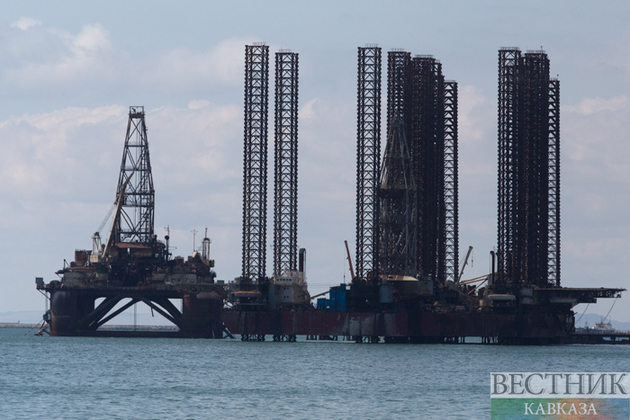The unprecedented oil inventory glut that amassed during the coronavirus pandemic is almost gone, underpinning a price recovery that’s rescuing producers but vexing consumers, Bloomberg reported.
Barely a fifth of the surplus that flooded into the storage tanks of developed economies when oil demand crashed last year remained as of February, according to the International Energy Agency. Since then, the lingering remnants have been whittled away as supplies hoarded at sea plunge and a key depot in South Africa is depleted.
Oil inventories in developed economies stood just 57 million barrels above their 2015-2019 average as of February, down from a peak of 249 million in July, the IEA estimates. It’s a stark turnaround from a year ago, when lockdowns crushed world fuel demand by 20% and trading giant Gunvor Group Ltd. fretted that storage space for oil would soon run out.
In the U.S., the inventory pile-up has effectively cleared already. Total stockpiles of crude and products subsided in late February to 1.28 billion barrels - a level seen before coronavirus erupted - and continue to hover there, according to the Energy Information Administration. Last week, stockpiles in the East Coast fell to their lowest in at least 30 years.
There have also been declines inside the nation’s Strategic Petroleum Reserve, the warren of salt caverns used to store oil for emergency use. Traders and oil companies were allowed to temporarily park oversupply there by former President Trump, and in recent months have quietly removed about 21 million barrels from the location, according to people familiar with the matter.
The oil surplus that gathered on the world’s seas is also diminishing. Ships were turned into makeshift floating depots when onshore facilities grew scarce last year, but the volumes have plunged, according to IHS Markit Ltd.
For the 23-nation OPEC+ coalition led by Saudi Arabia and Russia, the decline is a vindication of the bold strategy they adopted a year ago. The alliance slashed output by 10 million barrels a day last April - roughly 10% of global supplies - and is now in the process of carefully restoring some of the halted barrels.
As demand picks up further, global inventories will decline at a rate of 2.2 million barrels a day in the second half, propelling Brent crude to $74 a barrel or even higher, Citigroup predicts.






